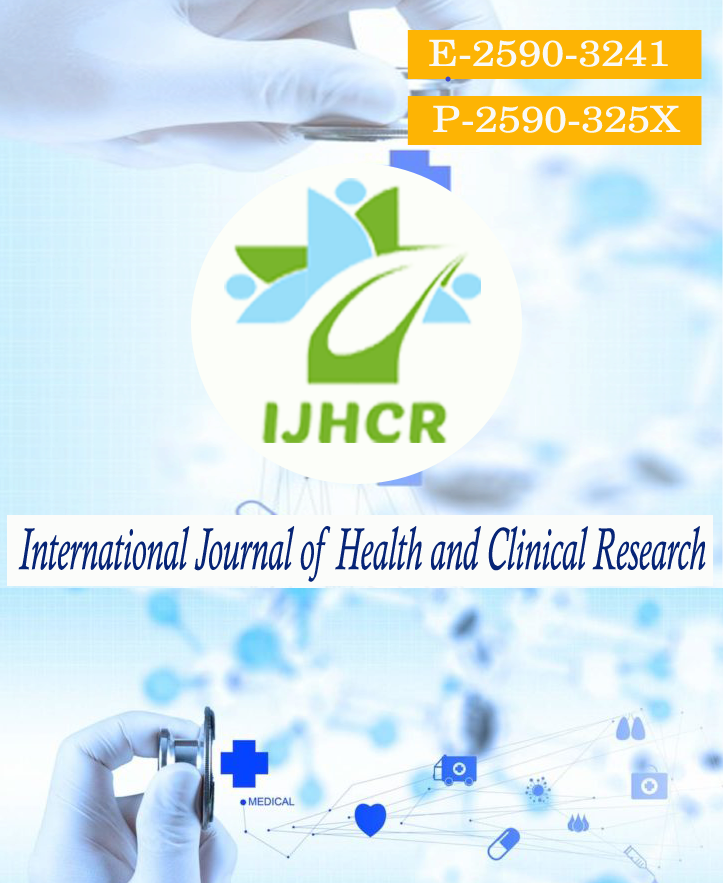To assess the prevalence of peripartum hysterectomy in tertiary care setting
Keywords:
hysterectomy, caesarean delivery, placenta previa, prevalence.Abstract
Aim: To evaluate the incidence, predisposing factors & associated complications and outcome of emergency peripartum hysterectomy. Methods: This prospective study was carried out in the Department of Obstetrics and Gynecology at Shri Krishna Medical College and Hospital Muzaffarpur, Bihar, India from july 2018 to Feb 2019. Age, parity, traumatic or atonic PPH, risk factors, complications were all studied in detail and analysed.
Results: 40 women underwent peripartum hysterectomy among 3960 deliveries, accounting to an incidence of 0.10%. Incidence of subtotal hysterectomy after caesarean delivery was higher as compared to vaginal deliveries. The common indications were uterine atony (47.5%), uterine rupture of scared and unscarred uterus (40%), and placenta previa of major degree (22.5%). Post-operatively patients developed DIC (37.5%), 6 patients developed febrile illness (15%), 4 patients of ruptured uterus experienced injury to the bladder (10%). Maternal mortality in this study was 12.5%. Conclusions: Hysterectomy is a lifesaving procedure to control postpartum hemorrhage, but is associated with significant maternal morbidity and mortality. Uterine atony, uterine ruptures, also due to prior caesarean delivery, placenta previa were identified as risk factors.
Keywords: hysterectomy, caesarean delivery, placenta previa, prevalence.






 All articles published in International Journal of Health and Clinical Research are licensed under a
All articles published in International Journal of Health and Clinical Research are licensed under a 